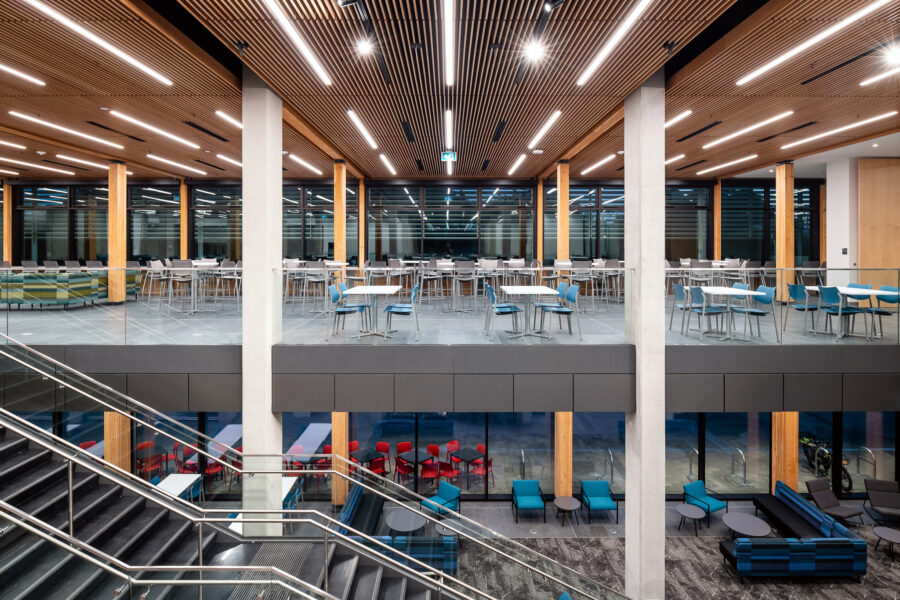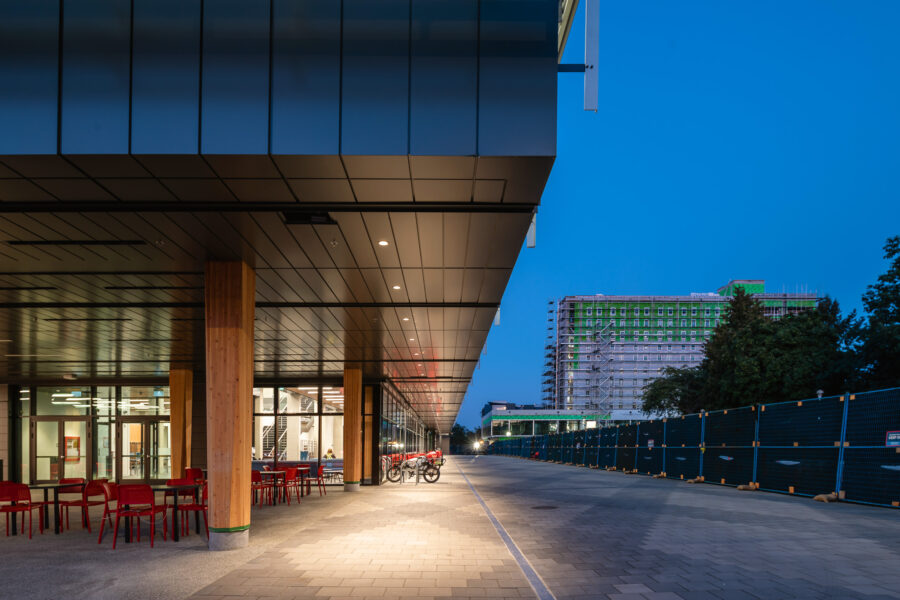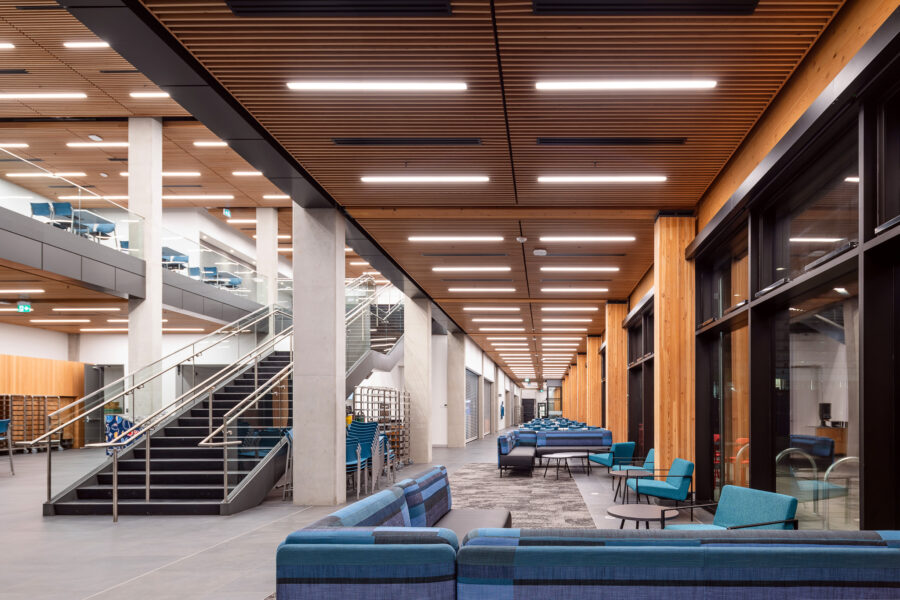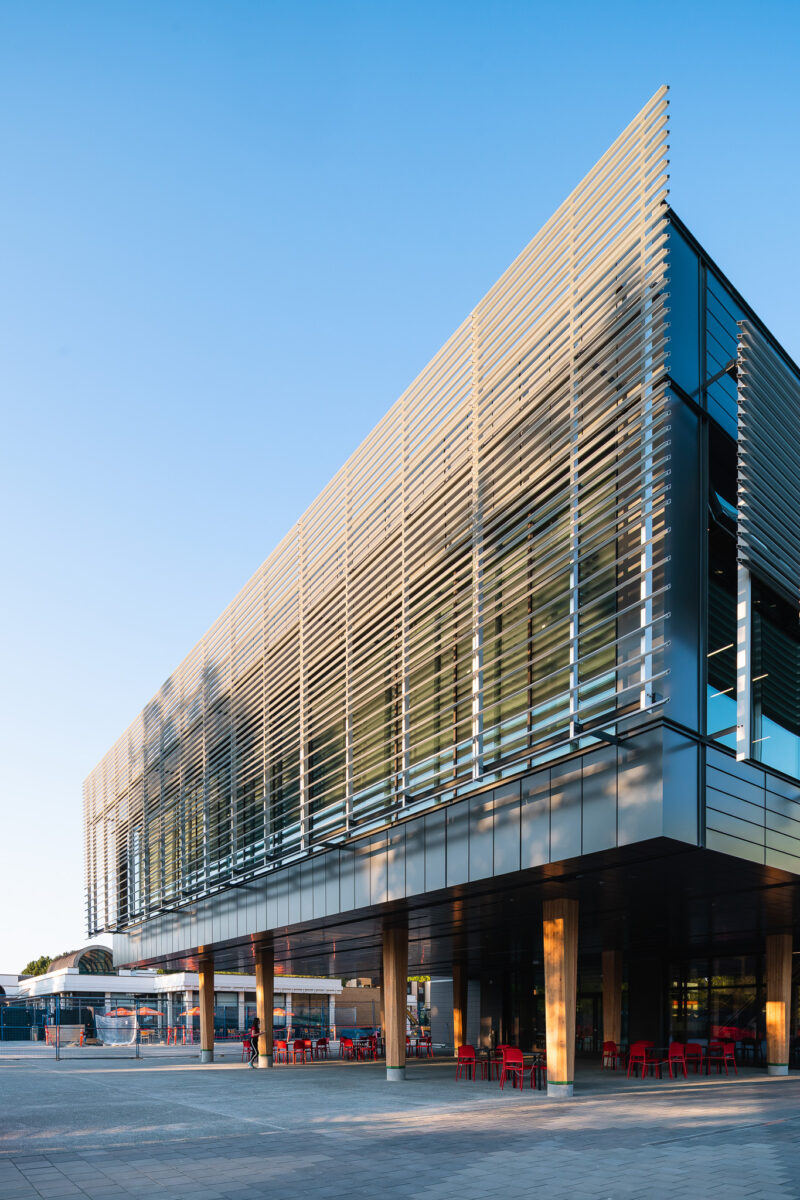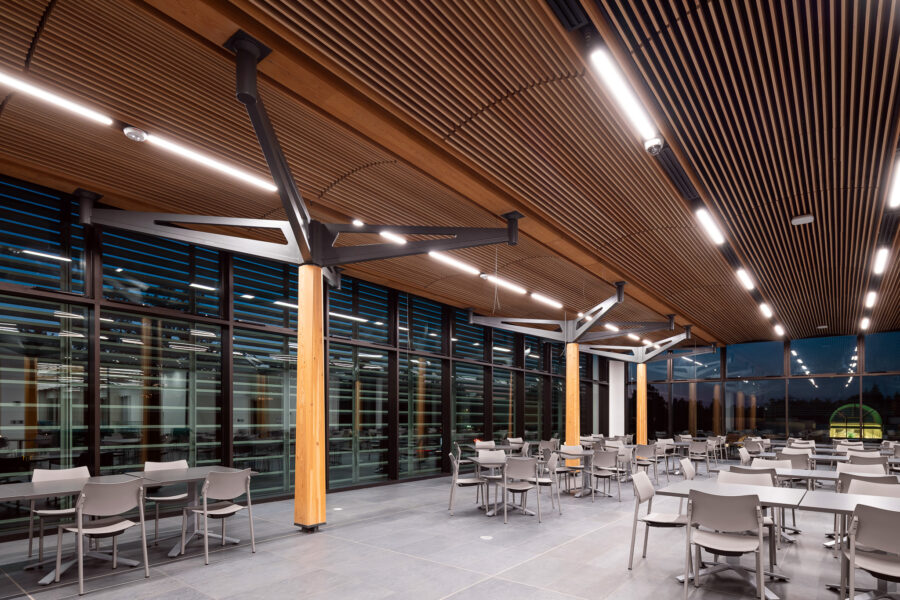Driven by a growing student body and residential capacity, this new student residence facility marks an outstanding academic accomplishment. With a dynamic and sustainable plan to elevate social living and student engagement, the development will boost live-in students’ academic experience while fostering community and creating a welcoming environment.
Project Essentials
- LocationVictoria, BC
- ClientUniversity of Victoria
- ArchitectPerkins&Will
- Size320,000 ft² (29,700 m²)
- BudgetCAD $180 million
- Sustainable FeaturesCertified LEED Gold & Passive House
- Completed2023

